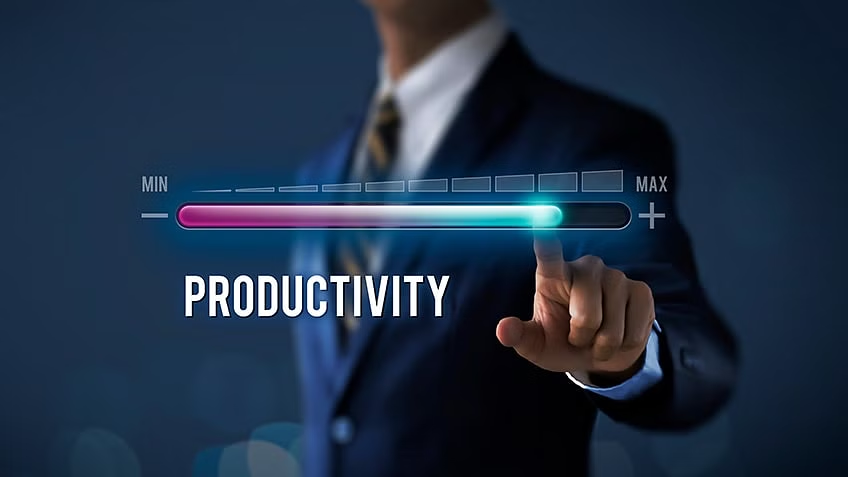
The Power of the 5-Minute Rule
The 5-minute rule is a simple yet powerful concept: if a task takes less than five minutes to complete, do it immediately. This approach prevents the accumulation of small tasks that can overwhelm you later.
When you tackle these quick tasks immediately, you create momentum that carries into larger projects. It's like a snowball effect for productivity, where small wins lead to bigger accomplishments.
Research shows that completing small tasks releases dopamine in the brain, creating a positive feedback loop that motivates you to tackle more challenging work.
Morning Productivity Rituals
The first five minutes of your morning can set the tone for your entire day. Creating a simple morning ritual helps you start with clarity and purpose rather than rushing into reactive mode.
Begin by spending just five minutes planning your top three priorities for the day. This brief planning session can increase your productivity by up to 25% according to time management experts.
Consider incorporating a quick mindfulness practice or breathing exercise into your morning routine. Even a brief moment of mindfulness can improve focus and decision-making throughout the day.
The Two-Minute Email Strategy
Email management can be a significant time drain. Implement the two-minute rule for emails: if you can respond to an email in two minutes or less, do it immediately rather than letting it sit in your inbox.
Use quick email templates for common responses to save time. Having pre-written responses for frequent queries can turn a five-minute email into a 30-second task.
Schedule specific times for checking email rather than constantly monitoring your inbox. This prevents the constant interruption of workflow and helps maintain focus on important tasks.
Desk Organization Speed Boost
A cluttered workspace can significantly impact productivity. Take five minutes at the end of each day to organize your desk and prepare it for the next morning.
Use the "touch it once" principle: when you pick up an item, decide immediately whether to file it, act on it, or discard it. This prevents the same items from being shuffled around repeatedly.
Maintain a clear workspace by following the "one in, one out" rule. When you add something new to your desk, remove something else to prevent clutter from accumulating.
Quick Focus Techniques
The Pomodoro Technique can be modified into shorter, five-minute focus sprints. These mini-sprints are perfect for when you're feeling overwhelmed or struggling to start a task.
Use the "just five minutes" mindset to overcome procrastination. Commit to working on a task for just five minutes - often, you'll find yourself naturally continuing once you've started.
Implement quick breaks between tasks to maintain mental freshness. A five-minute walk or stretch can reset your focus and improve cognitive performance.
Digital Productivity Shortcuts
Invest five minutes in learning keyboard shortcuts for your most-used applications. These small time savings add up to significant productivity gains over time.
Create quick access shortcuts for frequently used files and applications. Organizing your digital workspace can save countless minutes of searching throughout the day.
Use browser bookmarks and tabs effectively to streamline your online workflow. A well-organized browser can significantly reduce time spent navigating between websites.
The 5-Minute List Method
Develop the habit of creating quick, focused to-do lists. Spend five minutes each evening listing your most important tasks for the next day.
Use the "1-3-5" rule: plan to accomplish one big thing, three medium things, and five small things each day. This creates a balanced and achievable daily schedule.
Review and adjust your lists regularly to ensure they remain relevant and aligned with your goals. A five-minute review can prevent hours of misdirected effort.
Energy Management Micro-Breaks
Strategic five-minute breaks throughout the day can maintain high energy levels and prevent burnout. Use these breaks for quick physical movement or mental reset activities.
Practice desk exercises or stretches during these micro-breaks. Simple movements can improve circulation and reduce the negative effects of prolonged sitting.
Use the "52/17" rule: work for 52 minutes, then take a short break. These intervals help maintain optimal focus and energy levels throughout the day.